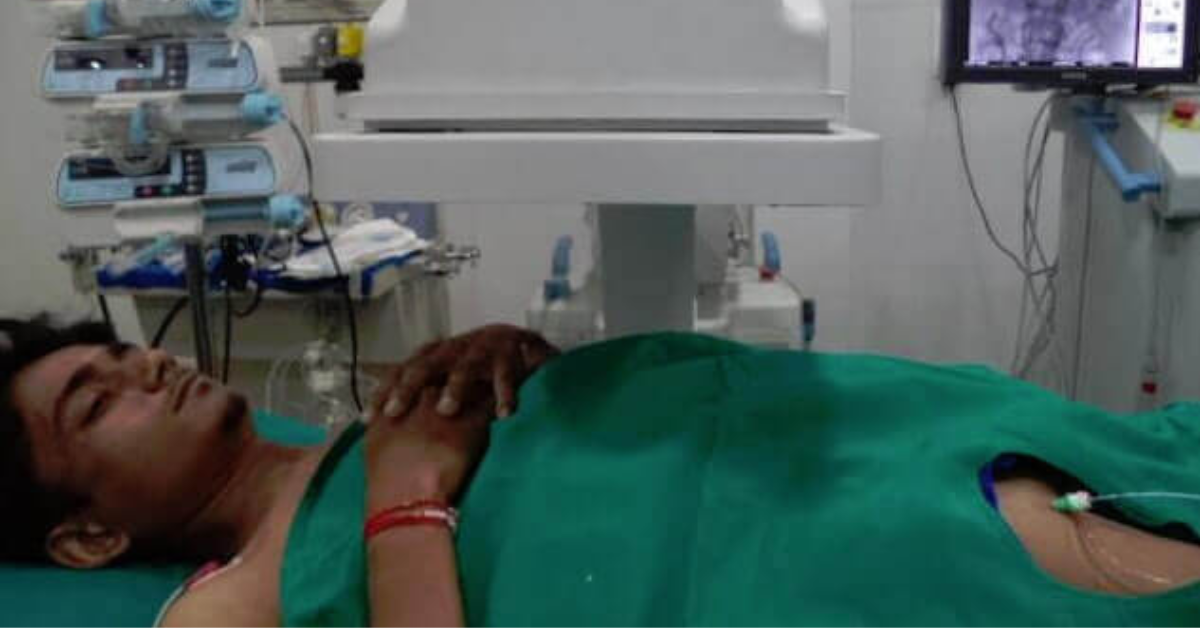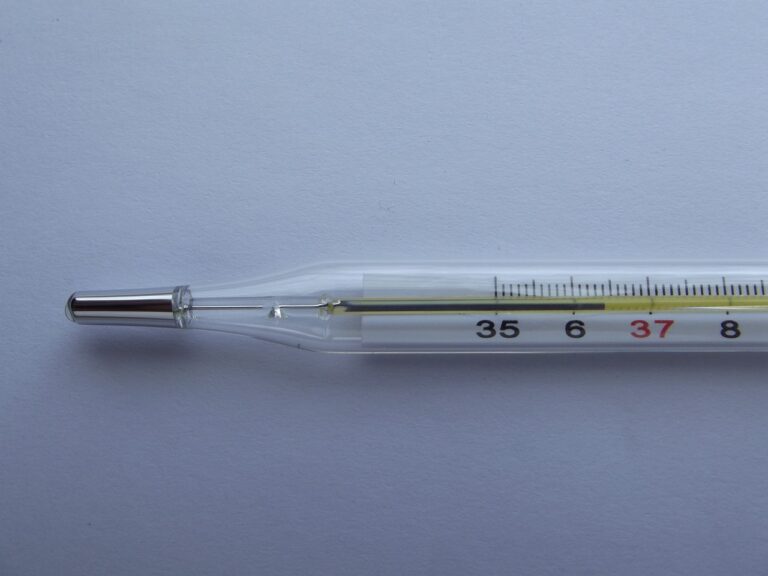Stem Cell Treatment in India: A Comprehensive Guide to Advanced Medical Solutions
Stem cell therapy has become one of the most promising medical treatments in recent years, offering hope for people suffering from various chronic conditions, injuries, and diseases. India, a hub for medical tourism, has emerged as a leader in offering Stem Cell Treatment India attracting patients from around the world. In this article, we will explore the benefits, procedures, and key factors you need to know about stem cell treatment in India.
What is Stem Cell Treatment?
Stem cell therapy involves using stem cells to treat or prevent a disease or condition. Stem cells are unique in that they have the ability to develop into many different types of cells, making them versatile in treating various health conditions. In the context of medical treatment, stem cells can help repair or replace damaged cells in the body, offering a potential cure or improvement in function for various ailments.
Types of Stem Cell Therapy in India
India offers a variety of stem cell therapies, depending on the condition being treated. Some of the most common types include:
1. Autologous Stem Cell Therapy
This is the most common type of stem cell therapy, where stem cells are collected from the patient’s own body (typically from bone marrow or adipose tissue). These stem cells are then processed and reintroduced into the body to promote healing and regeneration.
2. Allogeneic Stem Cell Therapy
In this treatment, stem cells are sourced from a donor, typically a close match genetically to the patient. Allogeneic stem cell therapy is used in cases where autologous stem cells may not be an option, or when a higher quantity of stem cells is required.
3. Induced Pluripotent Stem Cell Therapy (iPSC)
This is an advanced form of stem cell therapy where adult cells are reprogrammed into a pluripotent state, making them capable of differentiating into a wide range of cells. While still in the experimental stages, iPSC therapy holds immense potential in regenerative medicine.
Conditions Treated with Stem Cell Therapy in India
Stem cell therapy is being used to treat a wide range of conditions, some of which were previously considered untreatable. Here are a few conditions that can benefit from stem cell therapy:
1. Orthopedic Conditions
Stem cells are highly effective in treating joint problems, arthritis, fractures, and spinal cord injuries. The therapy can help regenerate cartilage, promote healing of bones, and reduce pain and inflammation in the joints.
2. Neurological Disorders
Stem cell therapy has shown promising results in treating neurological conditions like Parkinson’s disease, Alzheimer’s disease, stroke, and multiple sclerosis. The cells help regenerate damaged neurons and improve brain function.
3. Cardiovascular Diseases
Stem cells can aid in the regeneration of heart tissue, making them effective in treating conditions such as heart attacks, heart failure, and congenital heart diseases. The therapy can improve blood flow, repair heart muscle, and enhance overall cardiac function.
4. Diabetes
Stem cell therapy offers hope for patients suffering from type 1 diabetes by potentially regenerating insulin-producing cells in the pancreas. This has the potential to reduce or even eliminate the need for insulin injections.
5. Autoimmune Diseases
Conditions like rheumatoid arthritis, lupus, and Crohn’s disease can be alleviated with stem cell therapy, as stem cells help modulate the immune system and reduce inflammation.
6. Liver and Kidney Diseases
Stem cells can promote the regeneration of damaged liver and kidney cells, offering a potential solution for patients with cirrhosis, kidney failure, and other chronic organ diseases.
7. Cancer Treatment
Stem cells are being explored as a complementary treatment for cancer, particularly in bone marrow cancers like leukemia and lymphoma. Stem cells can help regenerate healthy blood cells after chemotherapy or radiation.
Why Choose India for Stem Cell Treatment?
India has become one of the leading destinations for stem cell therapy due to its advanced medical infrastructure, highly skilled doctors, and affordable treatment costs. Below are some reasons why you should consider India for stem cell treatment:
1. Cost-Effective Treatment
The cost of stem cell treatment in India is significantly lower than in Western countries, making it an affordable option for patients seeking advanced treatment. This affordability, combined with high-quality care, makes India a prime destination for medical tourism.
2. Advanced Medical Technology
India is home to some of the world’s leading medical facilities equipped with cutting-edge technology for stem cell therapy. The hospitals and clinics follow international standards of care and employ state-of-the-art equipment for cell harvesting, processing, and implantation.
3. Experienced Medical Professionals
India has a large pool of highly trained and experienced doctors specializing in stem cell therapy. Many Indian doctors have received their training abroad and are well-versed in the latest advancements in stem cell research and treatment.
4. Comprehensive Care
Stem cell treatment in India is comprehensive, with hospitals offering personalized treatment plans, patient counseling, and follow-up care. Many hospitals also provide the option to combine stem cell therapy with other treatments like physiotherapy, rehabilitation, and nutrition counseling for better outcomes.
5. World-Class Hospitals
Some of the top hospitals in India, such as the All India Institute of Medical Sciences (AIIMS) and Medanta, have specialized stem cell therapy units that are recognized globally for their expertise in regenerative medicine.
What to Expect During the Stem Cell Treatment Process?
Stem cell treatment typically involves the following steps:
1. Initial Consultation
The first step is to consult with a specialist who will assess your medical history, conduct diagnostic tests, and determine whether you are a suitable candidate for stem cell therapy. The doctor will discuss your treatment options and outline the procedure.
2. Stem Cell Harvesting
Once you are approved for the procedure, stem cells will be harvested from your body or a donor. The harvesting process may involve drawing bone marrow or fat tissue, which is then processed in a laboratory.
3. Stem Cell Processing
After the cells are collected, they are processed to isolate the stem cells. In some cases, the cells are cultured to increase their numbers. The processing time varies but typically takes a few hours to a day.
4. Stem Cell Injection or Implantation
The processed stem cells are then injected or implanted into the affected area, depending on the condition being treated. This could involve injecting the cells directly into joints, veins, or specific tissues, or implanting them in the case of organ repair.
5. Post-Treatment Care
After the procedure, you will need to follow post-treatment care instructions, which may include physical therapy, medication, and regular check-ups to monitor progress. It is essential to follow the doctor’s recommendations for optimal results.
Risks and Side Effects of Stem Cell Treatment
While stem cell therapy is generally considered safe, there are some risks and potential side effects, including:
-
Infection at the site of cell harvesting or implantation
-
Rejection of donor stem cells (in allogeneic therapy)
-
Tumor formation (in rare cases)
-
Allergic reactions to medications or substances used during the procedure
It is important to choose a reputable clinic and ensure that you undergo a thorough evaluation before proceeding with treatment.
FAQ
1. How long does it take to see results from stem cell therapy?
The timeline for seeing results can vary depending on the condition being treated. Some patients report improvement within a few weeks, while others may take several months to notice significant changes.
2. Is stem cell therapy safe?
Yes, stem cell therapy is generally safe when performed by trained professionals in accredited medical facilities. It is important to choose a reliable clinic with a proven track record in stem cell treatments.
3. How much does stem cell therapy cost in India?
The cost of stem cell therapy in India can range from INR 1,00,000 to INR 10,00,000 depending on the type of therapy and the condition being treated. This is significantly lower than in Western countries, making it an attractive option for international patients.
4. Can stem cell therapy cure chronic conditions?
While stem cell therapy has shown significant promise in treating chronic conditions, results can vary. Some patients experience significant improvement in symptoms, while others may see limited benefits. It is essential to discuss expectations with your doctor before beginning treatment.
Conclusion
Stem cell treatment in India offers a transformative option for those suffering from a variety of chronic diseases and injuries. With advanced medical technology, skilled professionals, and affordable costs, India is an excellent choice for patients seeking cutting-edge medical treatment. By understanding the procedure, potential benefits, and risks, patients can make informed decisions about pursuing stem cell therapy as a treatment option.







